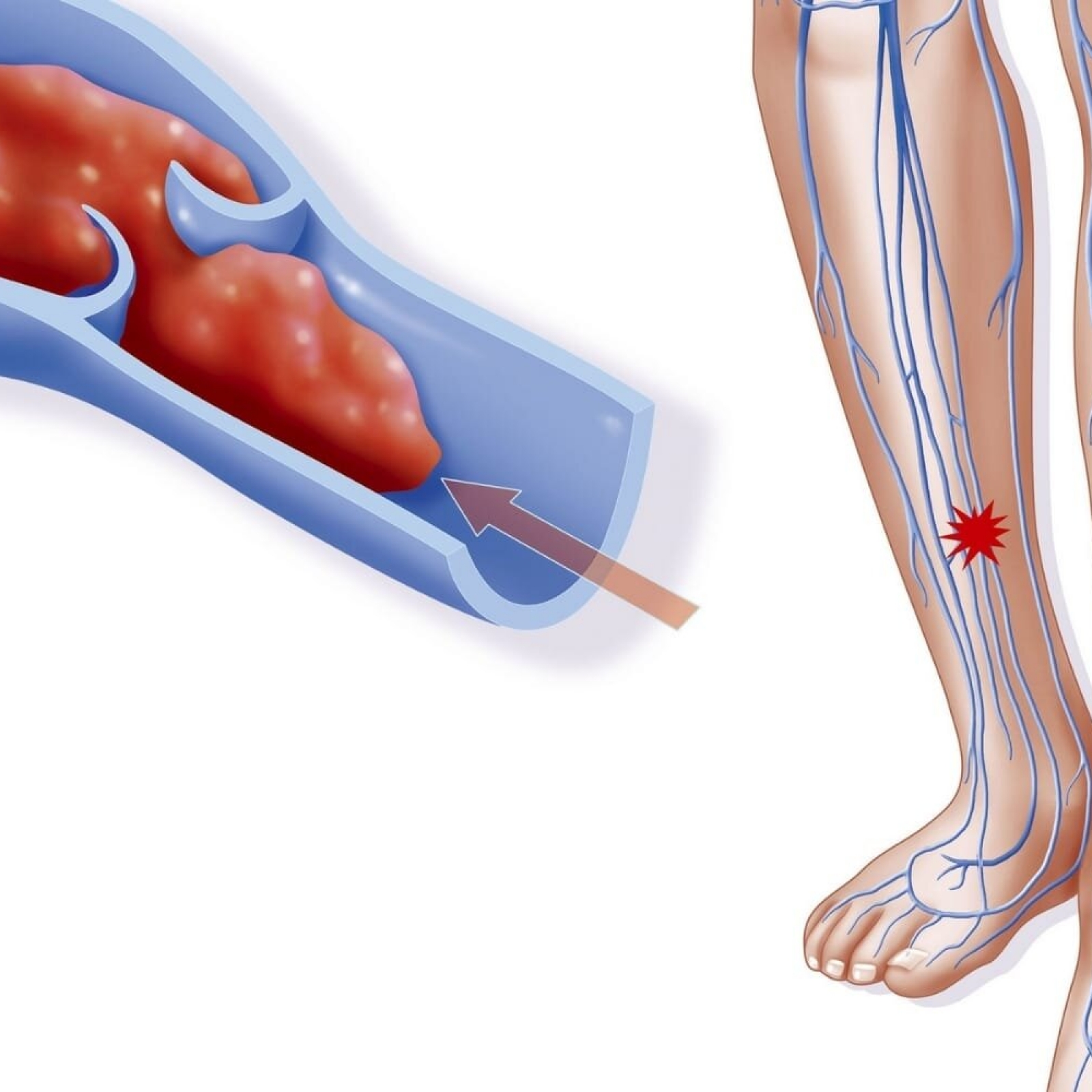- Varicose veins treatment in Kyiv
- Varicose veins treatment in Zaporizhzhia
- Edema and lymphostasis treatment
- Myths about varicose veins
- Massage and varicose veins
- Treatment of varicose veins with hydrogen peroxide
- Veins ache and pull blood vessels
- Can I treat varicose veins with pills?
- Treatment for varicose veins with leeches and bees. Benefit or harm?
- Is it possible to get rid of varicose veins with the help of gels and ointments?
- After 70 years, is it too late to treat varicose veins?
- Do mud baths help with varicose veins?
- Is it possible to get rid of varicose veins with compression knitwear?
- If you make an "open" operation - varicose veins will never appear again. Is it so?
- Are ugly scars and scars left after the operation to remove varicose veins?
- Is varicose veins treatment a long and painful process?
- Is it possible to get rid of varicose veins completely and forever?
- Varicose veins cannot be treated in the summer. Is it so?
- Do you need to go to a surgical hospital for vein surgery or not?
- After removal of varicose veins, the load on healthy veins increases. Is this so?
- Is it possible to play sports after surgery to remove varicose veins?
- Only the elderly suffer from varicose veins?
- Wearing compression hosiery causes muscle atrophy or not?
- Remove veins or not?
- How is the outflow of blood after vein removal?
- Thrombophlebitis treatment
- Nonresident patients
- All about varicose veins
- The risk of complications of varicose veins | Trophic ulcers and no panic
- Causes and symptoms of varicose veins
- Diagnosis of varicose veins
- Stage of development of varicose veins
- Gymnastics and prevention of varicose veins
- Diet for varicose veins
- Why is varicose veins dangerous?
- Treatment of varicose veins of the lower extremities
- Varicose veins and pregnancy
- Varicose disease - what will happen if not treated?
- Varicose symptoms
- Complications of endovenous treatments
- Post-thrombotic disease
- What is phlebology?
- Complications of varicose veins
- All about sclerotherapy
- Vascular diseases
- Treatment results in AngioLife
- Questionnaires and tests for patients and doctors
- For doctots
- Public contract
Is it possible to treat deep vein thrombosis without anticoagulant therapy?
07 may 2024
One of the most dangerous vascular diseases is deep vein thrombosis, mainly due to the risk of such a complication as pulmonary embolism. According to the data of epidemiological studies, the vast majority of patients who had clinically significant thromboembolic complications according to ultrasound in the lower extremities had proximal deep vein thrombosis (spread of thrombosis to the popliteal, femoral vein, or saphenous venous segment). Of course, absolutely all clinical recommendations agree on the need for anticoagulant therapy in such patients.
At the same time, from 30 to 50% of patients with this disease have the so-called isolated distal deep vein thrombosis, which is characterized by spreading only to the veins of the leg. Research data indicate that the risk of pulmonary embolism is about 5%, and the risk of post-traumatic disease (the most severe clinical form, such as venous trophic ulcer) in such patients in the future is only about 2%. Therefore, specialized medical associations develop clinical recommendations, an example of which is ACCP, which was one of the first to have separate recommendations for the treatment of isolated distal deep vein thrombosis. At the same time, one of the latest recommendations is developed by members of the International Union of Phlebology (UIP).
In this document, patients with distal deep vein thrombosis are proposed to be divided into two groups, taking into account the intensity of clinical symptoms, as well as the risk of spreading the thrombotic process to a higher venous segment (popliteal vein or progression in the veins of the lower leg). As a result, it is possible to distinguish a group of patients who will not have pronounced clinical symptoms, as well as risk factors for the spread of venous thrombosis (which include: a high level of D-dimer, proximity to the popliteal vein, an active oncological process, hospitalization in a hospital, the absence of a clear provoking factor , as well as aggravated history of VTE). For patients who do not have the above-mentioned risk factors, as well as clinical symptoms, it is possible to consider conducting a serial ultrasound examination after two weeks and not prescribe anticoagulant therapy. Especially this tactic can be justified in the case of the so-called thrombosis of sural veins (intramuscular), while intermuscular thrombosis is suggested to be either anticoagulated or, according to the above-mentioned criteria, observed at intervals of once every two weeks. Only if an increase in the level of thrombosis or a worsening of the clinical picture is noted, in this case, anticoagulant therapy is prescribed in addition to compression therapy and symptomatic treatment.
You can get acquainted with this document by following the link. Phlebologists of the vascular center Angiolife always use the latest clinical recommendations in the treatment of our patients with vascular pathology.
